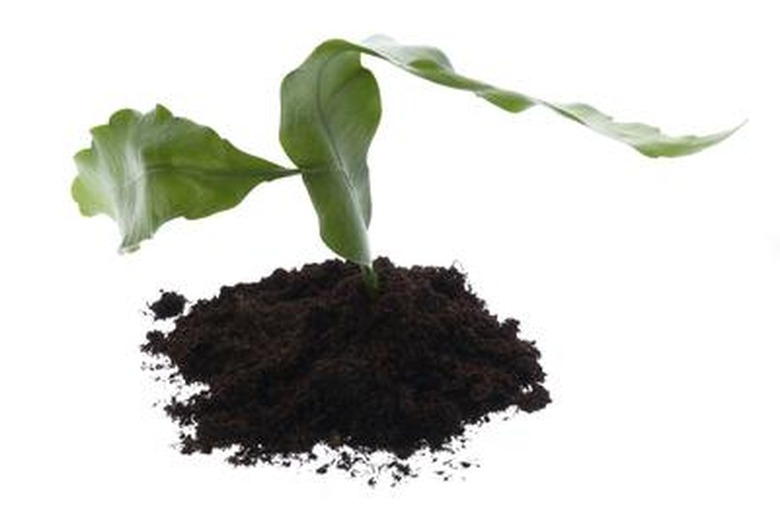Types Of Growing Mediums
Some gardeners' knowledge of growing mediums is limited to the soil that is in their yard, or that bag of peat moss they bought from the gardening center. There are many different types of growing mediums available for the adventurous gardener and for those interested in getting the best results from their soil.
Peat
Peat moss is a common growing medium available at most gardening and home improvement centers. This growing media is made from the coming together of decomposing plant materials in a poorly drained area, such as a bog. Peat moss is graded on its level of decomposition and what kind of plants are in the material. There are four different varieties of peat–hypnaceous moss, reed and sedge, humus or muck, and sphagnum moss. Sphagnum moss has the highest quality organic material for growing and improves the soil it is mixed into by improving drainage and aeration.
- Some gardeners' knowledge of growing mediums is limited to the soil that is in their yard, or that bag of peat moss they bought from the gardening center.
- Sphagnum moss has the highest quality organic material for growing and improves the soil it is mixed into by improving drainage and aeration.
Vermiculite
Vermiculite is composed of micaceous material, a silicate mineral that is heated to 745 degrees Celsius. Once it is heated, the expanded particles hold water well and add to aeration and drainage in plant beds.
Perlite
Perlite, like vermiculite, is also a silicate material, but mined from volcanoes. Perlite is light and of a uniform size and consistency, making it ideal for aeration and drainage. Perlite and vermiculite can be used in soilless growing, such as what you would find in hydroponics.
Rice Hulls
Rice hulls can be added to another growing medium to improve drainage and aeration. Rice hulls are cheap, as they are recycled from rice manufacturing. Like adding sawdust or wood materials to soil, rice adds these benefits without decomposing and, unlike wood, rice hulls do not add to the nitrogen depletion in soil.
- Vermiculite is composed of micaceous material, a silicate mineral that is heated to 745 degrees Celsius.
- Perlite is light and of a uniform size and consistency, making it ideal for aeration and drainage.
